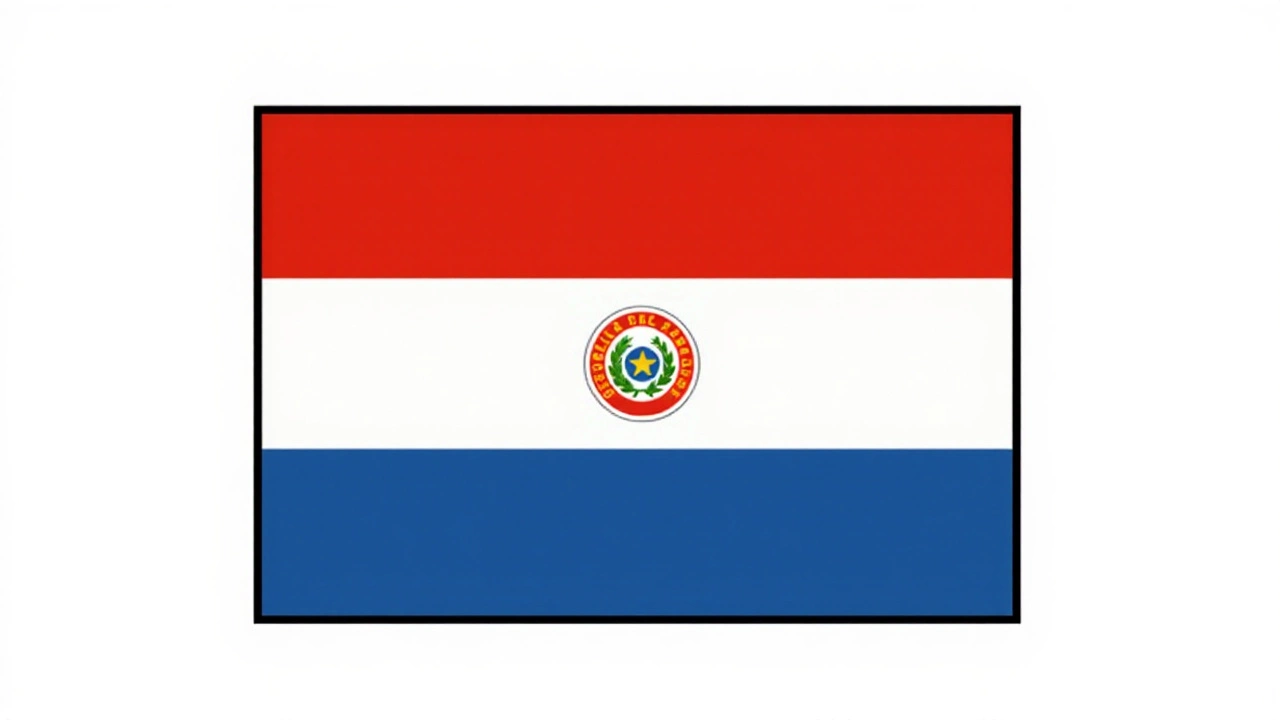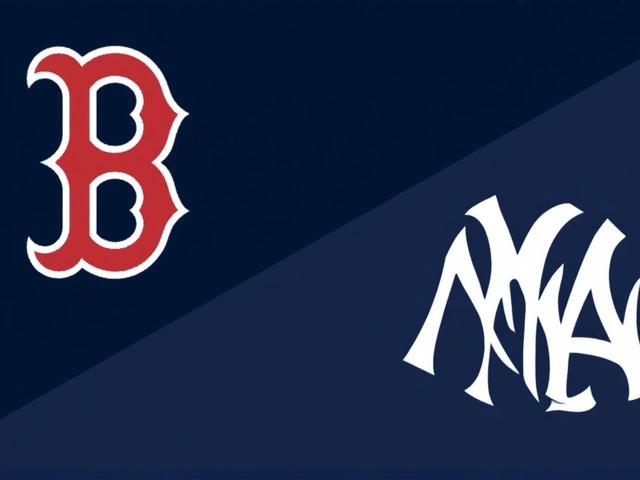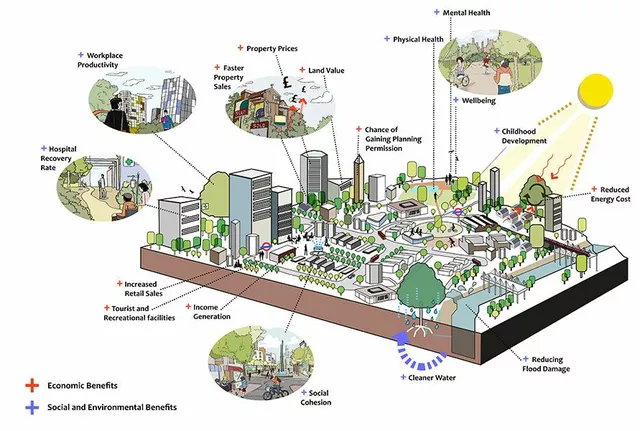Mexico’s 2025 campaign ended on a jarring note with a 2-1 loss to Paraguay in an international friendly on Tuesday, November 18, 2025 — though some outlets, including Sky Sports, listed the match for Wednesday, creating a rare but confusing discrepancy between major sports networks. The game, played at an undisclosed venue, was Mexico’s final competitive outing before co-hosting the 2026 FIFA World Cup, and the defeat has sparked urgent questions about defensive frailty, squad depth, and coaching direction. Paraguay struck early in the second half through Antonio Sanabria (48’) and sealed the win with Damián Bobadilla (56’), while Raúl Jiménez pulled one back with a penalty in the 54th minute. But the damage was done — and so was the damage to confidence.
First Half Promise, Second Half Collapse
Mexico started strong. For 45 minutes, they looked like the team expected to dominate a CONMEBOL side on neutral ground. Possession was controlled, transitions were sharp, and Edson Álvarez, wearing the captain’s armband, anchored midfield with his trademark composure. The backline — featuring Mateo Chávez, José Juan Orozco, and Israel Reyes — held firm, and Luis Malagón in goal looked calm under pressure. Fans dared to hope this was the blueprint for 2026.Then came the second half.
At the 48th minute, Sanabria exploited a rare lapse in marking to slot home from close range after a corner scramble. The goal didn’t feel like a fluke — it felt like a symptom. By the 56th, Bobadilla pounced on a loose clearance near the penalty spot, and suddenly Mexico was chasing shadows. Jiménez’s penalty, awarded after a handball by Paraguay’s Gustavo Sandez, was a moment of individual brilliance — but it was too little, too late. The team looked exhausted, disjointed, and emotionally drained.
Lineup Confusion and Substitution Chaos
The lineup details themselves became part of the story. ESPN, Sky Sports, and 365Scores offered conflicting reports on substitutions and even starting defenders. Some sources listed César Montes as a starter; others had him on the bench. One report claimed Obed Vargas started in midfield; another had him coming off the bench at 67’. The confusion isn’t just technical — it’s symbolic. When even the most basic data is inconsistent, it raises a deeper question: Is the federation even tracking its own squad properly?Substitutions didn’t help. Jesús Gallardo, José Juan Vásquez, and Diego Alvarado entered at the 60th minute — a triple change that looked reactive, not strategic. By the 83rd minute, when Paraguay brought on José Alonso, Mexico had already burned all their tactical options. The bench, packed with talent like Diego Lainez and Alexis Gutiérrez, looked underused and unprepared. There was no spark. No urgency. Just fatigue.
FMF State of Mind: “Raises Alarm Bells”
The Mexican football publication FMF State of Mind didn’t mince words: “Once again Mexico had a good first half… but once again, they collapsed.” The phrase “raises alarm bells” appeared three times across their match analysis. That’s not just criticism — it’s a warning.They pointed to a pattern: Mexico has now lost three of their last five friendlies since mid-2024, including defeats to Colombia and Uruguay. The 2026 World Cup is less than seven months away, and the team’s last three matches — against Paraguay, Uruguay, and Colombia — have all ended in defeat. Meanwhile, rivals like the United States (who beat Uruguay 5-1 the same day) are building momentum. Mexico isn’t just falling behind — they’re being left behind.

What This Means for the 2026 World Cup
Mexico doesn’t need to win every friendly. But they need to show progress. They need to show cohesion. They need to show they’re ready to host the world’s biggest tournament without looking like a team in transition.The coaching staff, led by manager Gerardo Martino, now faces a reckoning. Should he keep faith with the aging core? Or is it time to fully trust the next generation — players like Chávez, Reyes, and Vargas? The defense, which conceded 11 goals in their last four matches, is the glaring weakness. And with no clear central defender emerging from the youth ranks, the 2026 campaign could start with a hole in the backline.
Worse, the psychological toll matters. Fans in Mexico City, Guadalajara, and even Los Angeles are watching. The Azteca will be packed in June 2026 — but will the team be ready to fill it with pride instead of panic?
What’s Next?
Mexico’s next official fixture is a CONCACAF Nations League match in March 2026 — but the real clock is ticking now. A training camp in early January will be critical. Expect calls for a new defensive coordinator. Expect scrutiny of Martino’s rotation policy. And expect pressure on the federation to stop treating friendlies as glorified exhibitions.Paraguay, meanwhile, leaves with confidence. Their squad, though not top-ranked, showed discipline, clinical finishing, and tactical intelligence. They’re building something. Mexico? They’re trying not to fall apart.
Frequently Asked Questions
Why does this loss matter so much for Mexico’s World Cup chances?
Because Mexico is co-hosting the 2026 World Cup, expectations are sky-high. Losing to Paraguay — a team ranked 40th globally — after leading at halftime exposes deep tactical and mental flaws. With only six months until the tournament, this isn’t just a bad result; it’s a red flag that the team isn’t improving under pressure. Fans expect more than survival — they expect dominance at home.
Who are the biggest concerns in Mexico’s defense?
The center-back pairing remains unstable. José Juan Orozco and Mateo Chávez are young and talented, but they lack experience in high-stakes games. César Montes, 28, is the most seasoned but has been inconsistent. With no reliable, commanding presence like Héctor Moreno or Rafael Márquez, Mexico’s backline looks vulnerable to quick counterattacks — a weakness Paraguay exploited twice in under ten minutes.
Why was there confusion over the match date and lineup?
The scheduling conflict between ESPN (Nov 18) and Sky Sports (Nov 19) suggests poor communication between the Mexican Football Federation and international broadcasters. Lineup discrepancies point to inconsistent reporting or internal disorganization — a troubling sign for a team preparing to host a global event. Reliable data is foundational to elite preparation, and Mexico’s federation appears to be falling short.
How does this compare to Mexico’s past performances before major tournaments?
In 2018, Mexico lost 3-0 to Germany in a friendly but still reached the Round of 16. In 2022, they beat Saudi Arabia and drew with Poland in friendlies before advancing to the knockout stage. This time, they’re losing to teams they should beat — and doing so with visible disarray. The difference isn’t just results; it’s momentum. The team feels directionless, not dangerous.
What role does Raúl Jiménez play moving forward?
Jiménez remains Mexico’s most reliable finisher — his penalty was his 32nd international goal. But at 33, he’s no longer a starter. His role may shift to a super-sub or veteran leader, especially if younger forwards like José Juan Ruvalcaba or Eduardo Pineda don’t step up. The team can’t rely on him to bail them out every game — especially with his injury history. He’s a bridge, not a solution.
Will Gerardo Martino keep his job after this loss?
Martino’s contract runs through the World Cup, so he won’t be fired immediately. But pressure is mounting. The federation has already signaled it’s reviewing defensive coaching staff. If Mexico doesn’t show dramatic improvement in January camp — especially in organization and pressing — a mid-year change is very likely. Fans aren’t asking for perfection. They’re asking for competence.



